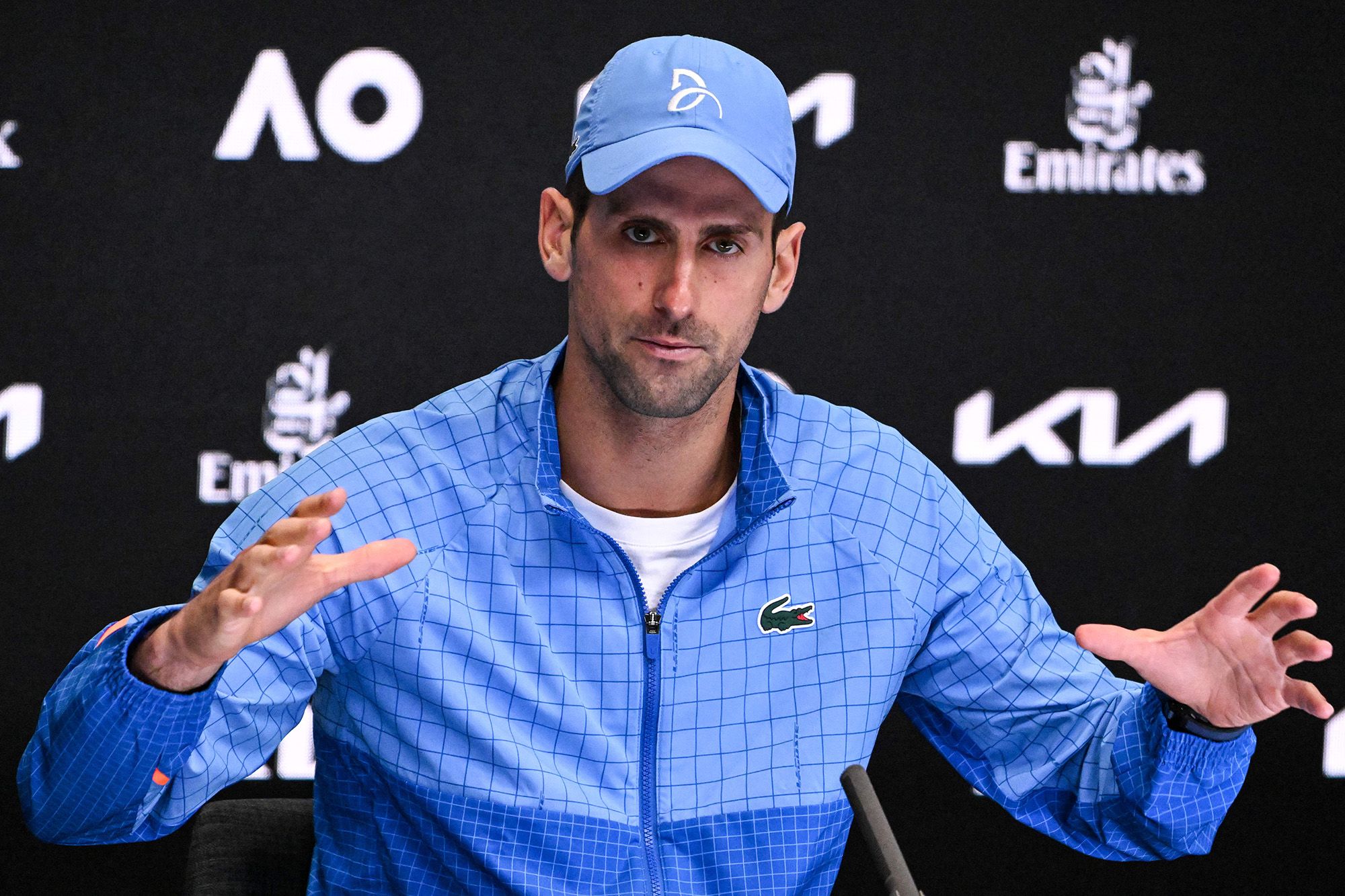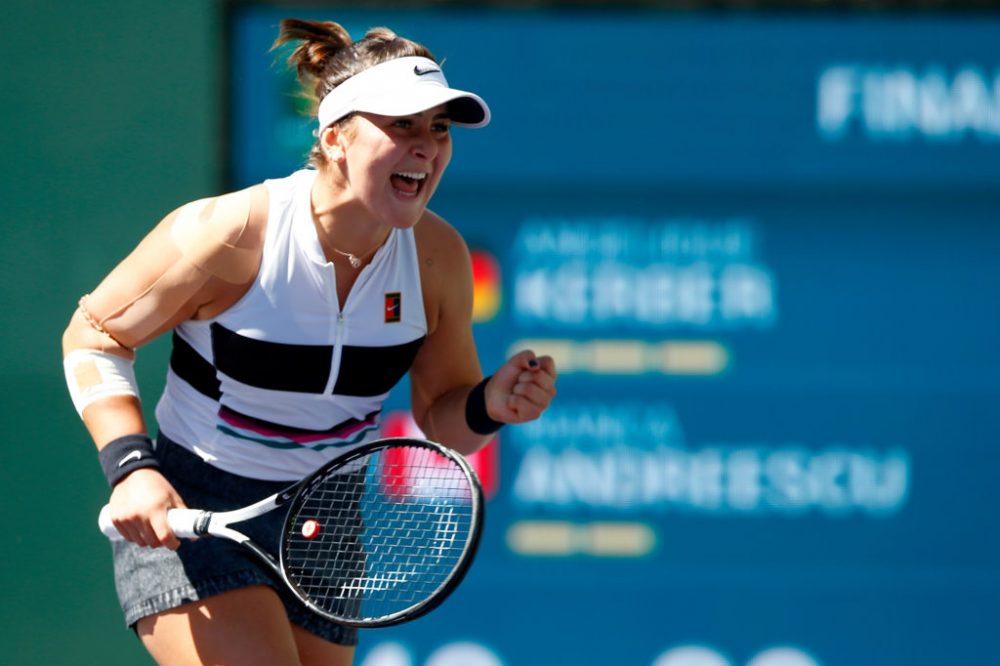Some players have a high tennis IQ, and some players have a high tennis EQ. Novak Djokovic has both. This particular combination of technical, tactical and emotional intelligence in the 2023 Australian Open has propelled him to the absolute top of the sport once again.
As Djokovic blew through the tournament, it became clear that his opponents would have to try something different to have any hope against him. For the semifinal, Tommy Paul’s coach told him to serve-volley and approach the net. He did very little of that, coming forward only an average of 4 times per set. Stefanos Tsitisipas had a plan to get into the net at least 15 times per set. He managed only 5.
Logically, and from a statistical standpoint, approaching the net yields a higher chance of winning the point. Emotionally– it’s tough. Players battle the possibility of missing volleys if the confidence in their skill set is not there. The prospect of having Djokovic blister a passing shot as the crowd erupts feels more emotionally battering than simply making a baseline error.
It’s not logical– it’s biological. Fear, adrenaline and the fight-or-flight response kick in. This keeps skilled net players with a solid game plan to approach– glued to the baseline. Djokovic knows this, and he takes advantage. He’s calm where others are governed by their emotions. And they don’t even realize it’s happening.
Other Players Don’t Like To Approach the Net Against Djokovic
There are several factors that players consider when deciding to approach the net or not. One of the biggest is the depth of the shot they are hitting in transition. Did the opponent give you a short ball? Paul’s complaint with Djokovic was that Novak never gave him anything short on which to approach.
But depth isn’t the only factor that presents an opportunity. If the opponent is in trouble, off the court and/or on the run, depth matters less. It’s still an invitation to approach. Tommy Paul showed at least one example of a perfectly executed point, approaching on a deep ball. He just didn’t do it enough.
Djokovic has conditioned his opponents that he will get to almost everything, even if he appears in trouble. It’s emotionally demoralizing. It stokes fear, fosters hesitation, and it stops players from coming forward.
Rally Length Against Djokovic
During the 2023 Australian Open, Djokovic continued to perform extremely well in the critical category of short rallies won. In the category of points that lasted 4 shots or less, Novak bested his opponent in all of his 2023 Australian Open matches. Basically, he’s winning the short rallies, sometimes in a more dominating fashion than others.
Players understand this, so they “try” to beat him in this all-important category. Sometimes they do it by going for more on their return, adjusting their return position to move closer to the baseline– which Tsitsipas did– or by taking more risk on their forehand.
But it’s all a trap. It’s a trap laid out by the best player in the world.
Tsitsipas bled forehand errors in the final against Djokovic. The Greek committed 42 unforced errors to Novak’s 22. That’s the ballgame, right there.
As Roger Federer once said, the way to win the short rallies is to be willing to win the long ones.
Rally length is a counter-intuitive and tricky set of metrics. The player with the better stamina to win the long rallies– usually wins the short ones. That’s Djokovic.
Therefore, “going for more early” on shots is a perilous proposition against arguably the best defender of all time. This bit Tsitsipas in the backside hard because one of his biggest assets– his forehand– lost him the match.
As skilled as Djokovic is, he’s also the ultimate percentage player. His hard work, data and study off the court helps him understand what wins points. He doesn’t let emotion or fear govern his tactics. In fact it’s the opposite– Djokovic uses his opponents’ fear against them.

















Thanks for sharing this information. Djokovic’s been great. Awesome content.